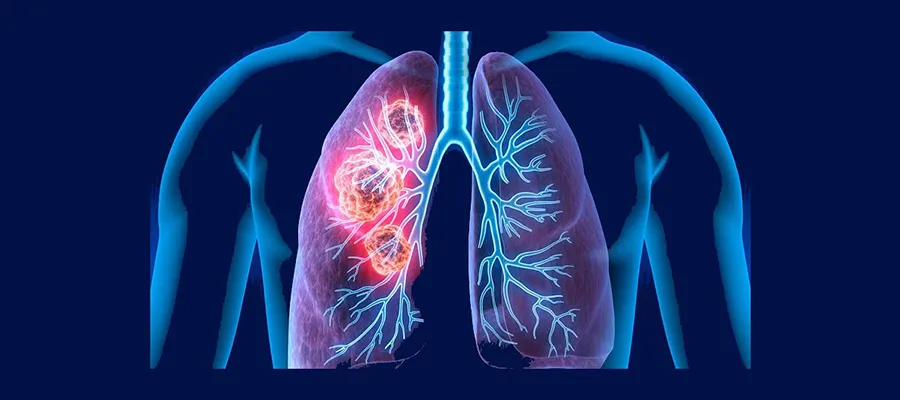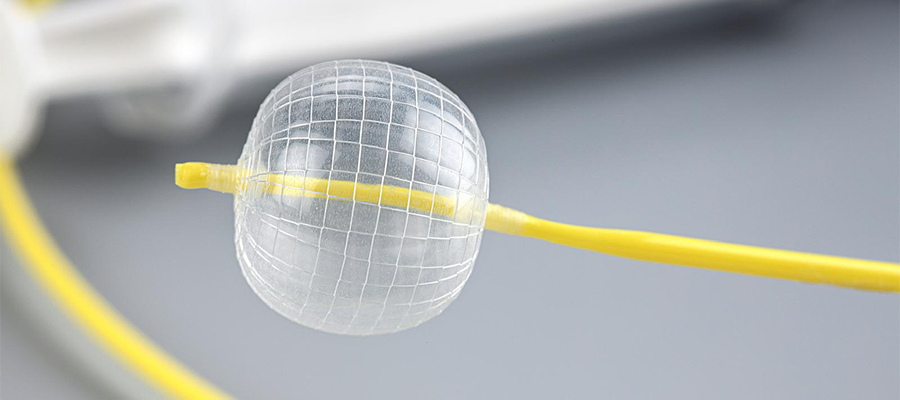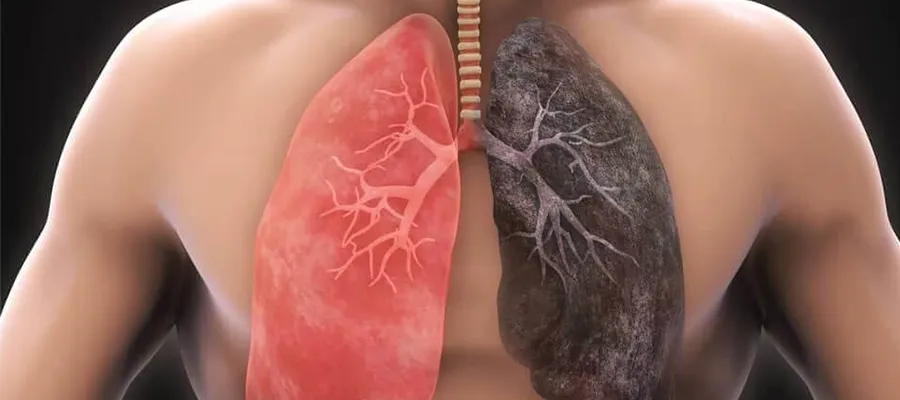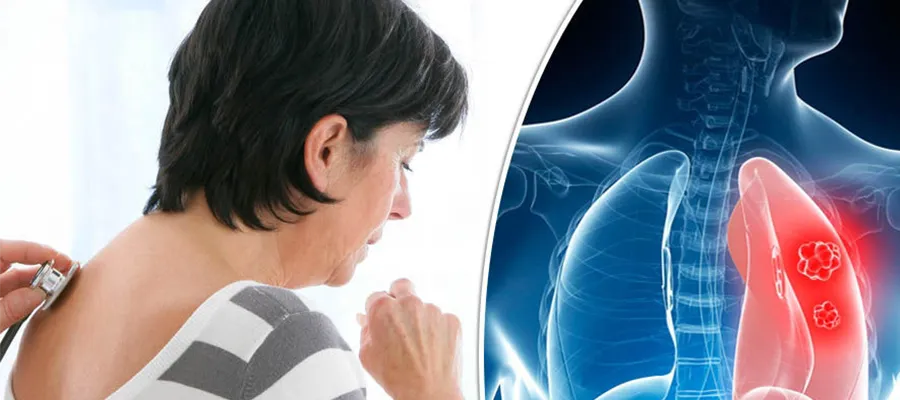Does COPD Balloon Treatment Work?
The question of whether COPD balloon therapy works is one of the most frequently asked questions by COPD patients who experience shortness of breath and a diminished quality of life despite conventional treatments. Thanks to recent advancements in endoscopic lung disease, it has become possible to improve breathing in many patients without the need for surgery. At this point, the answer to the question, “Does COPD balloon therapy work?” is quite promising, both in terms of scientific studies and patient experiences.
COPD, or Chronic Obstructive Pulmonary Disease, is a progressive lung disease characterized by persistent airway narrowing, lung tissue damage, and difficulty breathing. In COPD patients, particularly those with emphysema, air becomes trapped in certain lung areas, making breathing extremely difficult. Balloon therapy, also known as endobronchial valve replacement, is used to bypass these dysfunctional areas.
What is COPD Balloon Treatment and How Does It Work?
COPD balloon therapy, actually known as “endobronchial valve therapy,” involves placing valves in overly inflated areas of the lung. These small valves function like one-way valves, preventing air from entering the lungs while allowing trapped air to escape. This releases accumulated air, allowing the lung to expand more easily and allowing healthy areas to function more efficiently.
This mechanism reduces shortness of breath, reduces the load on the respiratory muscles, and allows the patient to take in more oxygen with less effort. These changes can make a significant difference in quality of life, especially for patients with moderate to severe COPD.
Does COPD Balloon Treatment Really Work?
Yes, COPD balloon therapy works when applied to the right patient and under the right conditions. Whether this treatment works depends on several key factors:
The patient’s COPD stage
Type of distribution of emphysema (heterogeneous or homogeneous)
The patient’s general health status
Experience of the team implementing the process
Post-treatment patient follow-up and compliance
Scientific research and clinical results demonstrate a significant reduction in shortness of breath, increased exercise capacity, and improved activities of daily living in appropriate patients. However, the effects may not be the same for every patient. Therefore, the effectiveness of COPD balloon therapy should be assessed individually.
What Changes Are Observed After COPD Balloon Treatment?
Patients may experience some positive changes shortly after balloon treatment. The effects are usually felt within the first few weeks and become more pronounced over time. The most commonly reported improvements after COPD balloon treatment include:
Reduction of the feeling of tightness while breathing
Regression of shortness of breath during exertion
Ability to walk for longer periods of time or climb stairs
Less fatigue when performing daily activities
Increased sleep quality
Increase in general life energy and morale
These effects may be more long-lasting when supported by the patient’s lifestyle. However, both appropriate patient selection and post-procedure follow-up are crucial for these benefits to be realized.
Who is COPD Balloon Treatment Effective For?
COPD balloon therapy is particularly effective in patients with “heterogeneous emphysema,” a type of lung disease characterized by extensive damage to specific areas. This facilitates the isolation and deactivation of the damaged area. So, who benefits most from this treatment?
Balloon therapy is more likely to work in patients with the following conditions:
Those with moderate or advanced stage COPD
Those with emphysema and intense air trapping in certain areas of the lungs
Those who have completely quit smoking
Those whose general health condition is suitable for treatment
Those who have not had lung surgery before
However, these criteria are only a general framework. Suitability for balloon therapy cannot be determined without detailed respiratory tests, imaging studies, and expert evaluations.
How Long Does the Effect of COPD Balloon Treatment Last?
The effects of COPD balloon treatment can vary from person to person. While some patients experience significant relief lasting months, others may experience longer-lasting results. The effectiveness of the treatment is directly affected by the valves’ continued functioning, their ability to remain intact, and the prevention of new lung complications.
The valves are not permanent and can be removed or replaced if necessary. This flexibility both increases the safety of the treatment and simplifies the management of potential complications. Proper patient monitoring can extend the duration of effect.
What Should Be Considered After COPD Balloon Treatment?
In order to obtain maximum benefit from the treatment, some issues should be taken into consideration after the procedure:
Activities requiring heavy effort should be avoided in the first week.
Medicines prescribed by the doctor should be used regularly.
If symptoms such as excessive cough, increased sputum or fever are observed, a physician should be consulted.
The functionality of the valves should be monitored by regular checks.
Participation in programs supported by breathing exercises and physiotherapy is recommended.
Smoking should be stopped and polluted air should be avoided.
These measures strengthen and prolong the effect of COPD balloon treatment.
Is COPD Balloon Treatment Risky?
Balloon therapy is generally considered a low-risk procedure and is much more comfortable than surgery. However, as with any medical procedure, some side effects or complications can occur. These are generally manageable. Rare risks associated with COPD balloon therapy include:
Mild fever or increased cough
Valve displacement
Air leak in the lung (pneumothorax)
Respiratory tract infection
Increased sputum
The likelihood of such risks occurring is low, and most conditions can be managed without requiring hospitalization.
In what cases is COPD Balloon Treatment not beneficial?
COPD balloon therapy is not suitable for every patient. The expected benefits may not be achieved, particularly in the following cases:
Homogeneous emphysema (equal damage to all parts of the lung)
Active respiratory infections
Serious heart failure or heart disease
Psychological disabilities such as severe anxiety or panic disorder
Structural lung disorders amenable to surgical intervention
Such conditions can reduce the response to treatment or make the procedure risky. Therefore, pre-procedure evaluations are vital.
Does COPD Balloon Therapy Work? What Do User Reviews and Clinical Results Say?
Scientific studies have demonstrated that COPD balloon therapy yields highly successful results in properly selected patients. Clinical studies, particularly in Europe and the US, have reported a reduction in shortness of breath and an increase in exercise capacity in the vast majority of treated patients.
Patient feedback is similarly encouraging. After treatment, patients report feeling better breathing, less difficulty with daily activities, and a significant improvement in their overall health.
How Much Does COPD Balloon Treatment Cost?
The cost of COPD balloon treatment varies depending on the technical equipment of the center, the number of valves used, the experience of the specialist, and the patient’s overall treatment plan. Therefore, it is not possible to provide a fixed price. The most accurate cost information can be determined after a personal examination and testing. Contact us today to learn more about COPD balloon treatment and pricing.








